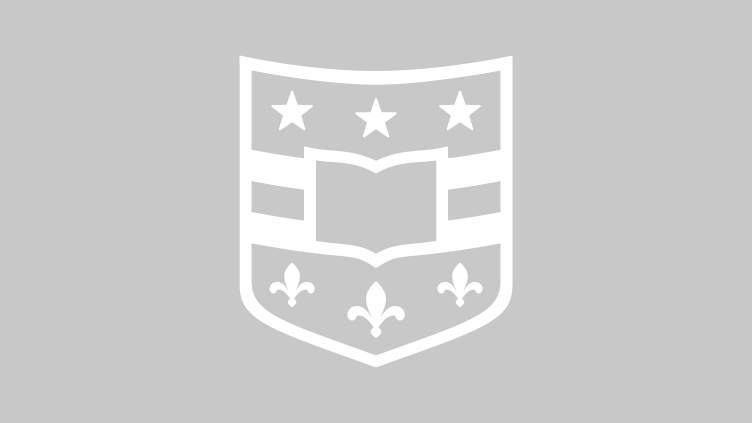Chemical library aids in developing drug system for nerve damage
Combinatorial chemistry provides researchers a vast library from which to choose.A researcher studying drug design for nerve damage therapies has gotten her answer to questions by following some old advice: she used the library. It’s not the kind of library her mother or teacher suggested, but a combinatorial chemistry library of many different protein sequences that some day might help her and her colleagues develop a successful timed drug delivery system.
Washington University physicists begin measurement of Genesis samples
USAF 388th Range SqdGenesis was recovered in the Utah desert with fears that all data were lost.Scientists at Washington University in St. Louis have begun to measure noble gases present in the solar wind delivered to Earth by the Genesis spacecraft, the first sample return mission since the lunar Apollo missions in the late 1960s and early 1970s.
Human chromosomes 2, 4 include gene deserts, signs of chimp chromosome merger
The first detailed studies of two of the largest human chromosomes have revealed enormous gene “deserts” lacking any protein-coding sequences and relics of the merger of two ape chromosomes to form a single human chromosome.
Lightmans fiction serves as a ‘travel guide’ for the scientific world
LightmanAlan Lightman, popular novelist and MIT physicist, will deliver the ArtSci Council, Phi Beta Kappa and Sigma Xi Lecture for Washington University’s Assembly Series. His talk, “The Physicist as Novelist,” will be held at 11 a.m. Wednesday, April 13, in Graham Chapel.
Scientists sequence human X chromosome
What makes a woman a woman?The mysteries of both human sex chromosomes have now been laid bare with the publication of the sequence of the human X chromosome in the journal Nature. Scientists at the Wellcome Trust Sanger Institute in England led the effort to sequence the X, with significant contributions from the Genome Sequencing Center at Washington University.
Monsanto fund awards $3.7 million to Washington University for school science van program
The Monsanto Fund has awarded Washington University $3.7 million to develop, build and operate two custom mobile classrooms. Washington University will lead a partnership, including the St. Louis Science Center, the Missouri Botanical Garden, the Saint Louis Zoo, and the University of Missouri-St. Louis, to create and provide programming on the vehicles. The program will help young elementary school students develop enthusiasm for learning and doing science, through interactive experiences and exhibits.
Protein offers way to stop microscopic parasites in their tracks
Scientists may have found a way to throw a wrench in the transmissions of several speed demons of the parasite world. Researchers at the School of Medicine and Harvard University have identified a protein that could help them develop drugs to stop or slow cell invasion by malaria and other parasites known as apicomplexans.
‘Hobbit’ fossil likely represents new branch on human family tree
Photo by Robert BostonA fossil of a diminutive human nicknamed “the Hobbit” likely represents a previously unrecognized species of early humans, according to the results of a detailed comparison of the fossil’s brain case with those of humans, apes and other human ancestors.
WUSTL co-sponsors national science & technology meeting
The University and the National Consortium for Specialized Secondary Schools of Mathematics, Science and Technology (NCSSSMST) are co-sponsoring a professional conference March 10-12 on the Hilltop Campus.
The exploration-themed conference will encourage attendees to “Map Your Course With Math, Science and Technology.”
Brain region learns to anticipate risk, provides early warnings, suggests new study in Science
Joshua Brown of WUSTLA new theory suggests that the brain may subconsciously help us avoid risky situations.While some scientists discount the existence of a sixth sense for danger, new research from Washington University in St. Louis has identified a brain region that clearly acts as an early warning system — one that monitors environmental cues, weighs possible consequences and helps us adjust our behavior to avoid dangerous situations. “Our brains are better at picking up subtle warning signs than we previously thought,” says WUSTL research psychologist Joshua Brown, co-author of a study on these findings in the Feb. 18 issue of the journal Science.
Older Stories
